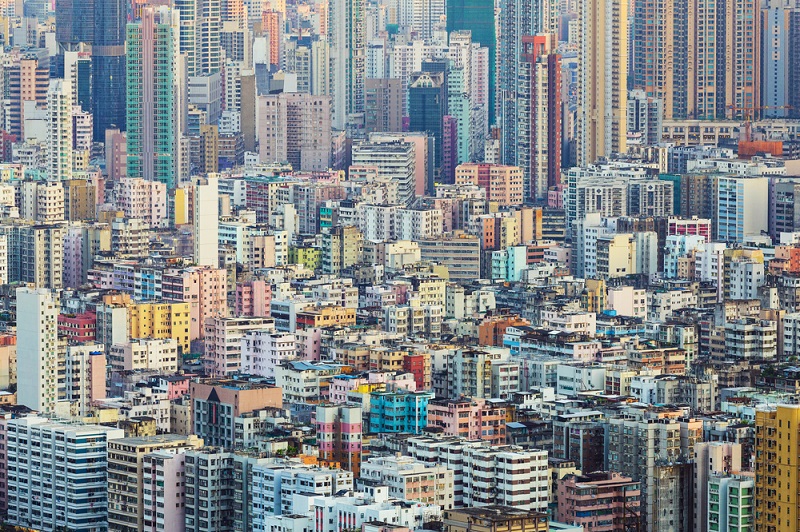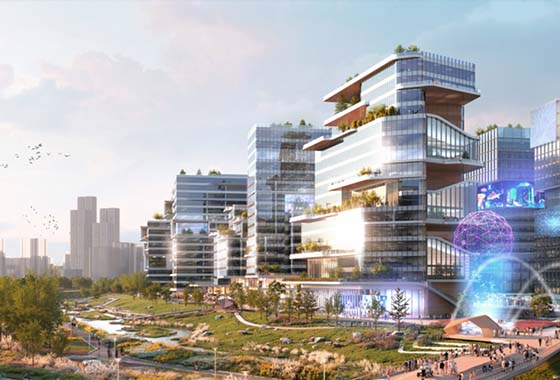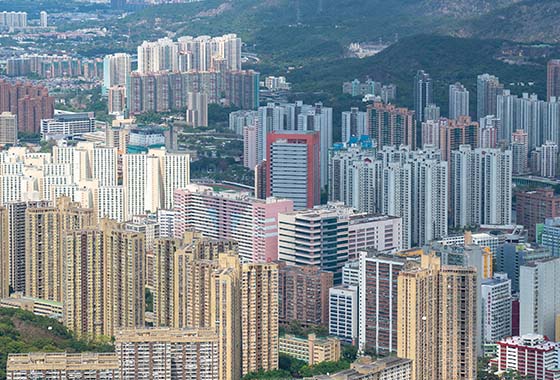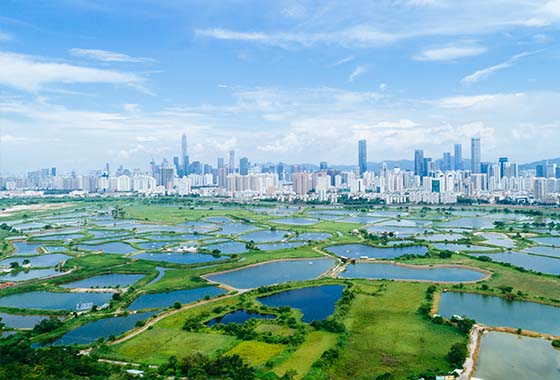Island of hope: for crowded, cramped Hong Kong, a huge new island will be a game changer
This article appeared originally in the South China Morning Post on 5 October,2018.
Authors: Ryan Ip, senior researcher and Latifah Sat, assistant researcher at the Public Policy Institute of Our Hong Kong Foundation

Hong Kong has been plunged into the depths of a land and housing calamity. Citizens are living in increasingly expensive and cramped conditions. This year, Hong Kong was crowned the city with the least affordable home prices in the world for the eighth consecutive year in an international survey. An average household needs to save 19.4 years’ worth of income without other expenses to buy a flat. Even for low-income households, the average waiting time for public housing has risen to five years and three months, an 18-year peak.
Despite the exorbitant prices, living conditions do not reflect good value for money. Average living space in Hong Kong is only 170 square feet per person, equivalent to less than 1½ parking spaces. This is 25 per cent less than what Tokyo offers, and 60 per cent less than Singapore’s average.
At the same time, population density, a typical indicator of the quality of living, has climbed to 27,400 people per square kilometre of developed land, nearly triple that of Singapore and London, and even exceeding Mumbai’s, despite Hong Kong’s per capita gross domestic product being more than eight times that of Mumbai.
The severe land crunch is not limited to housing. Land supply for commercial, industrial and recreational uses are all sharply undersupplied, damaging the business environment, suppressing industry and annihilating creativity.
Clearly, Hong Kong is careering down a grim path. How did we get to where we are today?
The root cause of the housing crisis is the government’s virtual cessation of land development. Hong Kong had been highly proactive in developing new land in the past. In the 1990s, Hong Kong’s developed land per capita grew by 1 per cent annually on average. However, since 2005, the growth turned negative. A lack of long-term and holistic planning meant land supply fell behind, resulting in a huge capacity gap and the current crisis.
To put the city back on track, Our Hong Kong Foundation estimates that an additional 9,000 hectares of land needs to be developed over the next 30 years. Only then can we increase the per capita living space, reduce population density and meet the shortage for land for all kinds of supporting facilities. Creating 9,000 hectares of land is not unprecedented – this is only equivalent to the size of three Sha Tin new towns, while we have built nine new towns over the past four decades.
While a multi-pronged approach is needed to solve the land shortage problem, the foundation has identified large-scale reclamation as the most effective method of producing large, flat pieces of land, taking into consideration cost-effectiveness, environmental conservation, planning and infrastructure, protection of private property rights and so on.
Hong Kong has extensive experience with reclamation. Due to its naturally hilly terrain, the city has invariably relied on reclamation to solve its land shortage problems. Over a quarter of Hong Kong residents now live on reclaimed land.
Reclamation has been employed most extensively in new town developments, from Sha Tin in the 1970s to Tseung Kwan O in the 1980s. Many public housing estates in new towns are situated on reclaimed land. However, since the completion of Tung Chung new town in the late 1990s, the development of new towns has come to a standstill.
Moreover, reclamation is paramount in the land development strategies of other top-tier cities around us. For instance, over 20 per cent of Singapore’s land mass is derived from reclamation while 60 per cent of Macau is from the same. By comparison, only 6 per cent of Hong Kong is reclaimed land.
_0.png)
After considering multiple potential sites, Our Hong Kong Foundation proposes building an enhanced East Lantau Metropolis. Based on the government’s East Lantau Metropolis proposal (one of the 18 options put forward in the Task Force on Land Supply’s public consultation exercise), our proposal allows us to re-imagine Hong Kong comprehensively, holistically and further into the future.
With a land mass of 2,200 hectares, the enhanced metropolis is poised to be a game changer. The metropolis could increase housing supply substantially, providing 250,000 to 400,000 housing units, at least 70 per cent of which would be designated for public housing. Lying in the waters between Hong Kong Island and Lantau, the island would house 700,000 to 1.1 million people. Three main roads would connect to Kennedy Town, the Lantau Link and Tuen Mun, while three railway lines would connect to Kennedy Town, Mei Foo and Tuen Mun South.
Discarding the present tendency to favour piecemeal solutions, the metropolis could facilitate a comprehensive urban design plan to fulfil long-term land needs. This new piece of land would enable us to re-imagine urban design and the quality of living. Residents on the island could enjoy green and socially inclusive designs.
Four consultants have been engaged in forming this proposal to assess the technical and financial feasibilities. Most importantly, environmental consultants were engaged to balance factors of environmental protection/ecological conservation and economic development. It is estimated that the first phase of the metropolis could be completed and ready for habitation within 11 years in the best-case scenario.
Every land supply option will tread on vested interests. Controversy is unavoidable; an expectation of universal unanimity is unrealistic. But that does not mean we should be paralysed. Too much is at stake for us to hesitate: the fate of citizens living in appalling conditions in subdivided housing; the city’s falling competitiveness; the atmosphere of pessimism stifling our youth.
To escape the current predicament, we must move fast to turn this vision of a 21st-century metropolis into reality. The enhanced East Lantau Metropolis is a game-changing chance to allow us to re-imagine Hong Kong.



